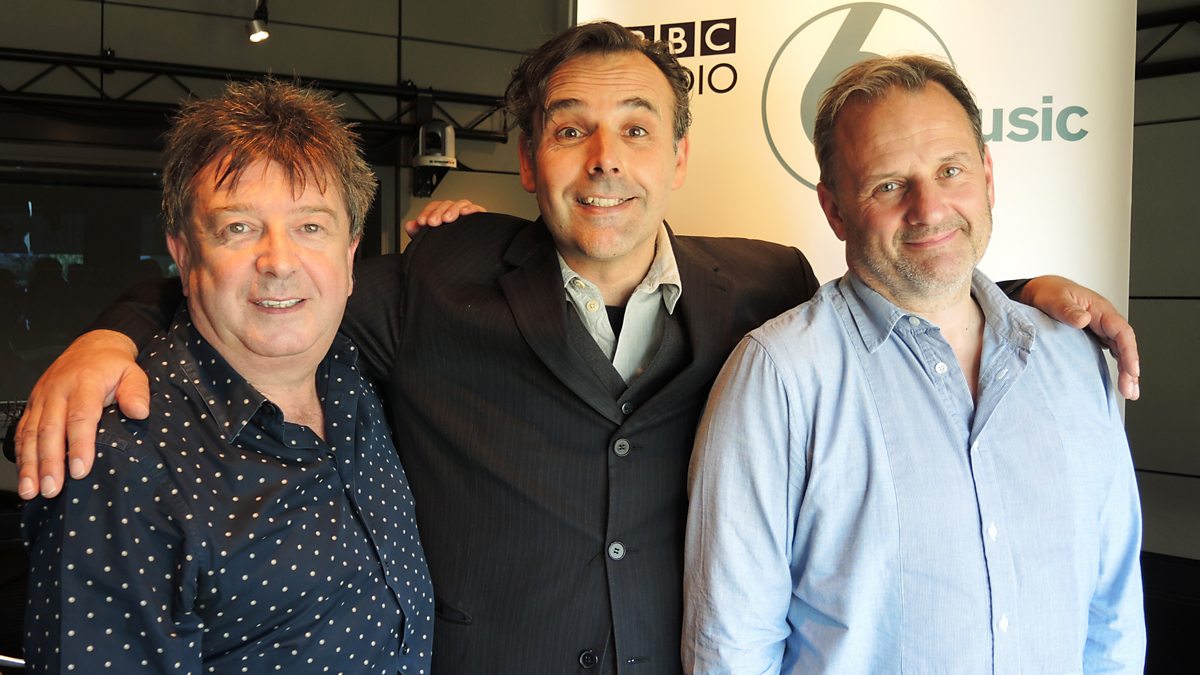

They often presented legislators with gifts of freshly baked bread and apple pies, reminding them of the domestic comforts that were under threat should women be encouraged away from the home. The dish famously represents the traditional American family values Schlafly claimed to champion, and it was a symbol she happily weaponised during the anti-ERA protests she helped mount. 'Often, the further from my own experience and my set of values, the more fascinating it is' 'I'm never interested in portraying myself,' Blanchett has said. 'In truth, she was a role model to millions of women.'
#Mary whitehouse experience radio series#
'Although the producers use my mother's name, characters and dialogue are made up and not historically accurate,' she said, describing the series as offering a 'horrific misrepresentation' of her mother. But Schlafly's family are furious that no attempt was made to consult them on the making of the drama.ĭaughter Anne Schlafly Cori has dismissed the series as 'fictional'. 'Often, the further from my own experience and my set of values, the more fascinating it is.'īy that measure, she will have greatly enjoyed the challenge.

That epic battle is the subject of Mrs America, a big-budget new drama series set to air on BBC2 from next week, starring Cate Blanchett - in real life a vocal feminist - as Schlafly. Middle-aged matrons they might have been, but both were experts at - and relished - riling their opponentsīut at the time, the American's attention had been diverted to what was to become her most controversial fight of all - an attempt to thwart the Equal Rights Amendment (ERA) legislation guaranteeing women equality under the U.S. An online petition has been set up to lobby the BBC to release the television series on DVD.Ī book The Mary Whitehouse Experience Encyclopedia, which was a spin-off of the series containing references to some of the sketches on the show and much new material, was released in 1991.Both favouring twin-sets, the two women also sported stiffly lacquered hairstyles - but the similarities between them went far beyond their prim appearance.


Episodes of the radio series have been repeated on BBC 7. The television series has never been released nor repeated by the BBC. She threatened legal action against the show for its name. She became famous in the UK going after shows like Monty Python's Flying Circus and Doctor Who. The show was named after Mary Whitehouse, a prominent campaigner against what she saw as a decline in television standards and public morality. (The Kids in the Hall also had a sketch about a character who suffered from a disease that made him sound sarcastic much like this show's character 'Ray', although this appears to be coincidental) The series was a mix of surreal sketches and monologues, in a format similar to shows such as Mr. A spin-off book of the show was also published. It lasted two series, a total of 13 episodes including its pilot. The television run started in 1990 on BBC 2. After the fourth series, it was decided to move the show to television. It had four radio series, building up an audience and moving to better time slots. Guest performers included Nick Hancock, Jo Brand, Jack Dee, and Mark Thomas. The two pairings of Newman and Baddiel and Punt and Dennis were central to the show - they would later have spin-off television series of their own. It started in 1989 as a radio show, devised by Bill Dare, on BBC Radio 1. Its main stars were David Baddiel, Rob Newman, Steve Punt and Hugh Dennis. The Mary Whitehouse Experience was a UK topical comedy show, both on radio and TV, in the late '80s/early '90s.


 0 kommentar(er)
0 kommentar(er)
